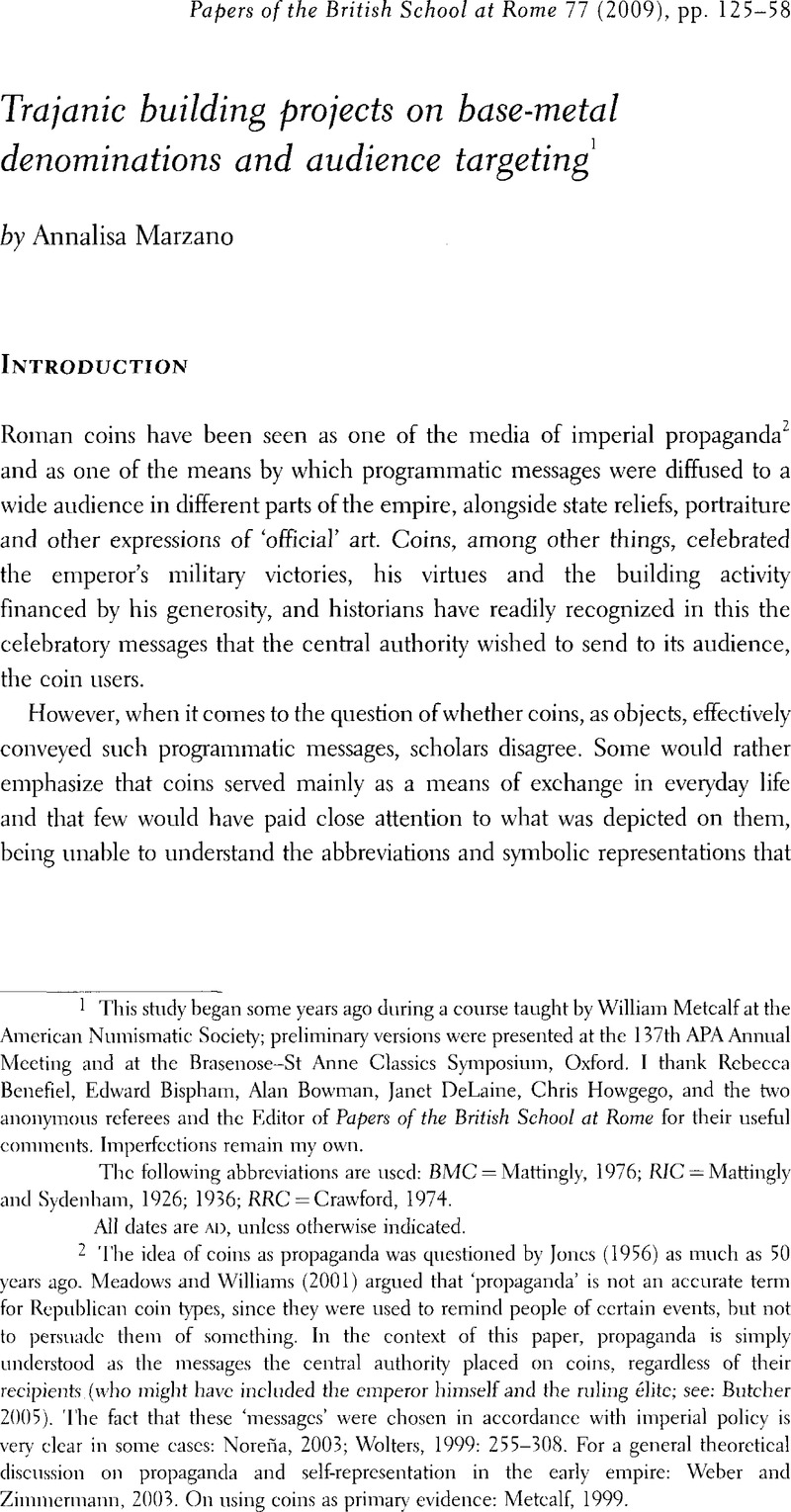Crossref Citations
This article has been cited by the following publications. This list is generated based on data provided by Crossref.
Thomas, Edmund
2015.
A Companion to Roman Art.
p.
344.
Arcenas, Scott Lawin
and
Watson, George C.
2023.
ESTABLISHING A DYNASTY IN IDEOLOGY AND PRACTICE: THEAEDES VESTAEAUREI OF VESPASIAN.
Papers of the British School at Rome,
Vol. 91,
Issue. ,
p.
35.



